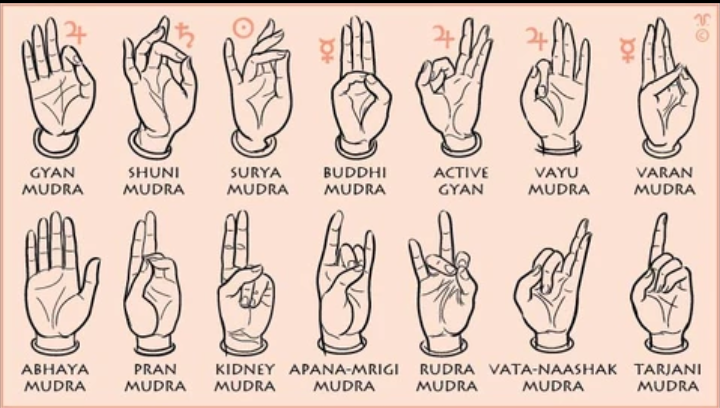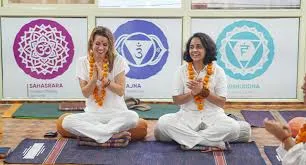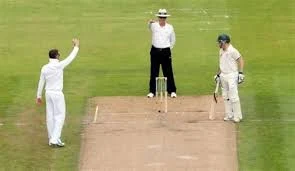Basics of Cricket: A Beginner’s Guide
Cricket is one of the most popular sports in the world, enjoyed by millions of fans and players. Whether you’re new to the game or just looking to refresh your knowledge, this guide will help you understand the fundamentals of cricket.
1. Understanding Cricket
Cricket is a bat-and-ball game played between two teams of eleven players each. The objective is to score more runs than the opposing team while following the rules of the game.
2. The Basic Rules of Cricket
Teams & Players: Each team has 11 players, including batsmen, bowlers, and fielders.
Format: Cricket is played in different formats: Test Cricket (5-day matches), One Day Internationals (50 overs per side), and T20 (20 overs per side).
The Pitch: The game is played on a 22-yard-long pitch with wickets at both ends.
Scoring Runs: Batsmen score runs by running between the wickets or by hitting boundaries (4 runs for hitting the ball to the boundary, 6 runs for hitting it over the boundary).
Getting Out: A batsman can be out in various ways, such as being bowled, caught, run out, or leg before wicket (LBW).
3. Key Elements of Cricket
Batting
The batsman aims to score runs while defending their wicket.
Different types of shots include drives, cuts, pulls, and sweeps.
Bowling
Bowlers try to dismiss the batsmen and limit the runs scored.
Types of bowling include fast bowling, swing bowling, spin bowling, and off-spin.
Fielding
Fielders stop the ball and try to dismiss the batsmen.
Key positions include slip, mid-on, mid-off, point, and wicketkeeper.
4. Equipment Used in Cricket
Bat: Wooden bat made of willow.
Ball: Hard leather ball used for bowling and fielding.
Stumps & Bails: Three vertical wooden sticks and two small horizontal bails form the wickets.
Protective Gear: Pads, gloves, helmet, and thigh guards for batsmen.
5. Popular Cricket Tournaments
ICC Cricket World Cup (One Day International format)
Indian Premier League (IPL) (T20 format)
The Ashes (Historic Test series between England and Australia)
Conclusion
Cricket is a thrilling and strategic sport that requires skill, teamwork, and patience. Whether you want to play or just enjoy watching, understanding the basics will enhance your appreciation for the game. Get out there and start enjoying cricket today!



































